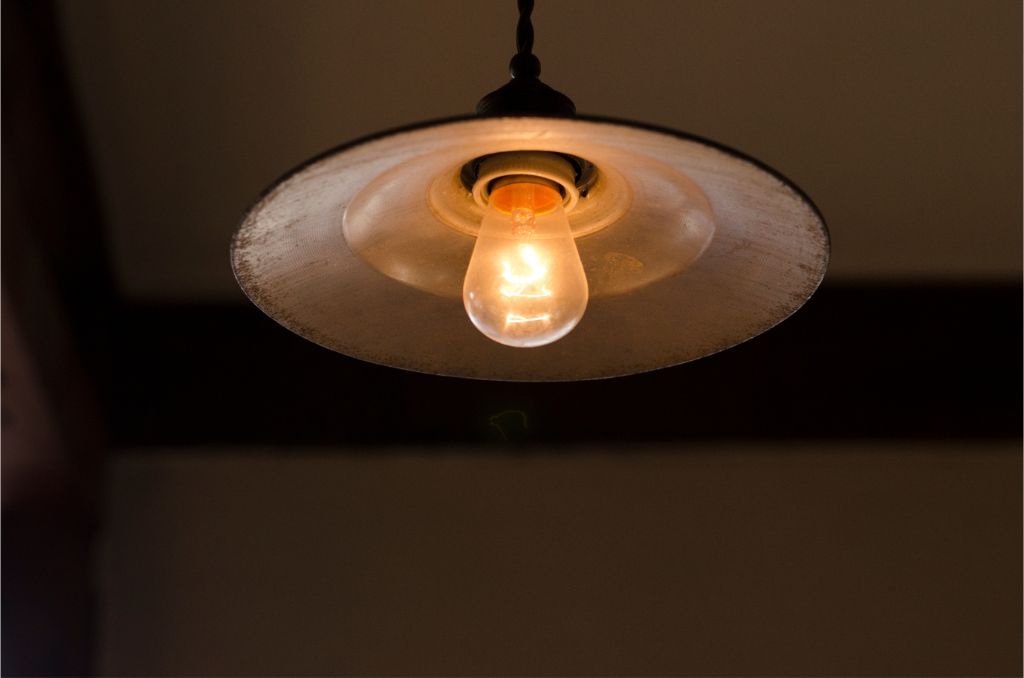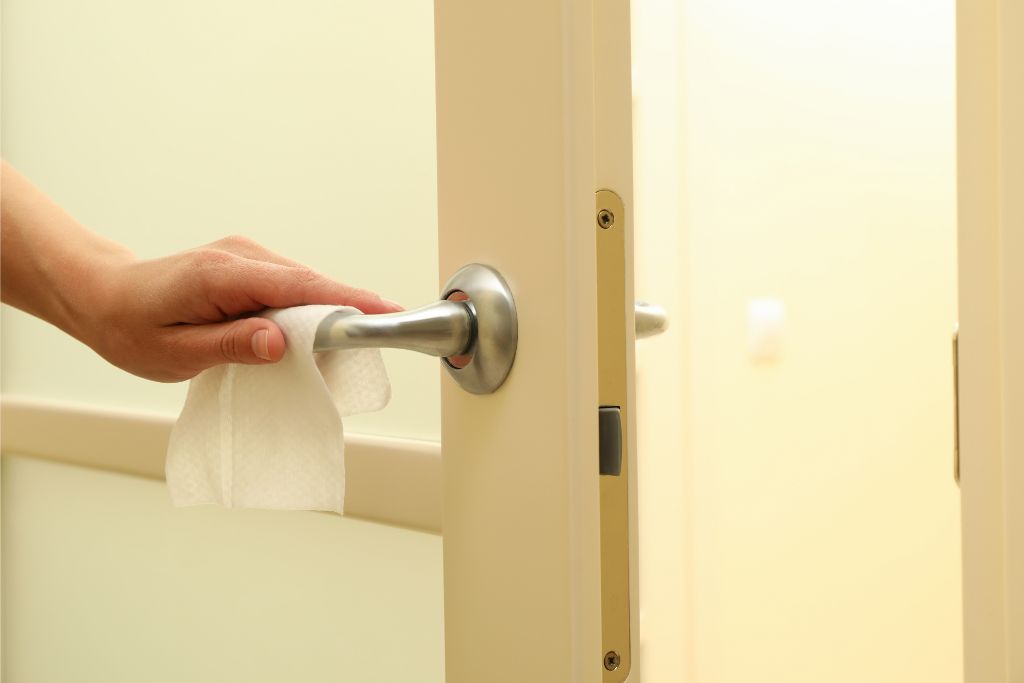Is The Times Confused About How Sauna Use Affects Human Physiology or Is It Simply an Unreliable Narrator for its Readers?
Since September of 1851 when the New York Times was founded, its daily readership has grown to touch nearly every portion of the planet. ‘The Times’, as it is colloquially known, has earned its place as one of the most trusted and credible sources of news: From matters concerning the best published books in a year, the visual arts, entertainment, finance, science, and current events, The Times has become a symbol of notable repute.
Many have come to rely on the publication of the New York Times for solid and high quality information that can be trusted. Recently published by the New York Times was the article authored by the talented Dani Blum: “Saunas Are Filling Up, But Are They Actually Good For You?”. For anyone who relies on this publication as a trustworthy resource, or for anyone already engaged in sauna therapy, it seems well worthwhile to shine the light of truth on the missing pieces of the article so that all who choose to, may rest their mind at ease with the depth of scientific research that supports the plethora of health benefits garnished from sauna bathing.
The answer asked by the New York Times article, ‘but are they good for you?’, when referring to saunas in general, with some research and data collection from reputable sources such as the National Library of Medicine, the National Institute of Health, Harvard Medical, as well as from prominent experts in the fields of sauna therapy, bio-medicine, neurology, and longevity from such institutions as Stanford University all ubiquitously suggest that, YES, barring a few rare examples, regular sauna use presents overwhelmingly positive benefits to overall health.
As the global community begins to emerge from a two year plus world-wide pandemic, where the buzzword of these uncertain times was ‘mis-information’; more and more individuals became weary of what media sources to trust. We were told to ‘follow the science’, and amidst the darkest days of the pandemic, many once again decided to trust the New York Times to be the authoritative representative of Truth. Unfortunately, no such science or fact checking was followed in this recent publication on sauna use.
Shinning The Light of Truth With Scientific and Bio-Medical Data
This article, that you are currently reading, aims simply to point out the profundity of reliable data available for anyone looking to find out how saunas may help to keep them healthy. The freedom to make lifestyle choices that support immunity, heart health, cardiovascular wellbeing, and overall health is more critical now than ever, which is why so many have turned to the ancient tradition of heat therapy or sauna use as a means of supporting their physical health.

The truly wonderful news is that in the year of 2023, science has finally caught up with what the ancient wisdom bearers have known for millennia: Saunas help to heal the human body. Gratefully, in this modern era, there is no need to rely in blind faith on the words of the sages, healers, philosophers, and elders of our community, but rather, anyone can simply read the public data that is available from years of scientific research on the benefits of heat therapy for human physiology. You will find in the paragraphs that follow data, research, citations, and information from some of the greatest minds of our generation as well as from reputable institutions that support the truth of ancient wisdom: In most cases, saunas are an incredible tool to help heal the body.
A Major Red Flag: The New York Times Article Uses Instagram Post With 6 Likes As A Cited Source In Lieu of 13,059 Published Peer Reviewed Journals From the National Library Of Medicine on Sauna Use
In The New York Times’ recent article on the upswing of sauna use, the author used an Instagram post from a sauna spa in Colorado (with a whopping 6 likes) as an actual source to discredit sauna use. As of 2023, the National Library of Medicine has published 13,059 peer reviewed journals on sauna use (1), yet this Instagram post was featured. When individuals are looking for ways to improve their overall health to survive a frightening global pandemic, one would hope that given the quantity of reliable scientific research on sauna use, that The Times would turn to the value of these publications over an Instagram post that a mere 6 people liked.

Why didn’t The New York Times turn to America’s own world renowned expert in the field of sauna research, Dr. Rhonda Patrick? Dr. Patrick’s work in the field of sauna research is both prolific, accessible and well-cited. Anyone with internet access can go to doctor Dr. Patrick’s website and listen, or read hours of research on the benefits of sauna use for human physiology. Furthermore, the information on her website is not only free and credible, but also instructive. Meaning, in addition to providing sound scientific data on the benefits of sauna use, you can also find out how best to use a sauna for an array of conditions.
Whether you are a mom at home looking to take care of her family’s health, an elite level athlete, someone in their golden years looking to improve their healthspan, or even a New York Times journalist, there are many sources of valuable and reliable information to turn to and find out in detail how saunas may benefit human health.
In short, the data to support the evidence that a lifestyle that includes regular use of a sauna is most likely highly beneficial for most people is plentiful and easy to find.
Something We Can All Agree On: The History Of Saunas Is Long and Has Emerged From Nearly Every Culture Since Before Recorded History.
“Give me the power to produce a fever, and I shall cure all disease”
– Parmenides, 500 BC (this quote is also attributed to Hipocrates, the father of modern medicine)
A few examples of primitive saunas include: Sweat lodges of the Americas, dugouts in Eastern Africa, Middle Eastern Hammans, Japanese hot springs, and more. Humans have sought ways to heat the body by a variety of methods over the past centuries – creating an artificial fever to cure disease, infections, to find states of relaxation, and for spiritual purposes.
In fact, the history of saunas goes back further than recorded history, and while the word sauna is Finnish by nature, it has been usurped by many languages to refer to any space that is made intentionally hot for therapeutic purposes.

The New York Times was certainly correct in their article by Blum to pay homage to the place saunas hold in our collective human heritage, “Saunas, steam baths and sweat lodges are baked into cultural traditions for many people across the globe, from Native Americans to Koreans to Scandinavians, And saunas themselves come in different permutations – for example, Finnish-style saunas are typically built from wood and known for their dry heat, while steam rooms fill with moist vapor, and more modern infrared saunas often use light panels to generate heat.” (“infrared saunas ‘often’ use light panels”, is an invalid statement and the correction should read that infrared saunas use light panels to produce radiant heat in contrast to the aforementioned types of convection heat.) (3)
While The Times article was authentic in its summarization of historical usage of saunas amongst human primates, it fails to capture the breadth of usage due to the condensed nature of the article.
Public Versus Private Use: Safety of Shared Sauna Use
In Blum’s evaluation of the efficacy of sauna use in her article, she failed to differentiate between the use of a private sauna and a communal one. She did, however, colorfully describe a hip location to get hot and steamy in the East Village, and a bathhouse in a Williamsburg spa. Instead of looking into the medical and scientific research on the use of saunas, we’re shifted to focus on the increasing number of people visiting these establishments in NYC, but again, without any context of comparing a public sauna vs. a private one.
Blum did refer her readership once again to an Instagram account as a viable source to cite, (this fact alone is questionable journalism) however, more concerning is completely failing to mention the very real threat of public bathhouses, sauna boutiques and spas for sauna use over a private experience.
Sauna technology has evolved such that it is affordable to bring a sauna into most homes, even those of a very low income. Interestingly, in Finland, there is an estimated one sauna per household ratio, including a sauna in the parliament building.
Any safety or efficacy concerns surrounding the regular use of saunas should warn about the potential risks involved in participating in public saunas or bathhouses. When two or more bodies are gathered to sweat profusely in warm, moist environments there is always the potential risk of bacterial bloom, the spreading of virus, and other infections.

Despite attempts to thoroughly clean collective spaces, it can be difficult to thoroughly clean at busy spas and bathhouses. From ringworm to the common cold, it is challenging for institutions such as hot yoga studios, public saunas, and bathhouses to control the spread of unwanted pathogens. The Times article, strangely, did not focus on this aspect, which is probably among the most dangerous portions of sauna bathing, but rather chose to focus on false claims surrounding weight loss, immune support, cardiovascular benefit, heart health, metabolic improvement.
It is my supposition that Blum likely overlooked the benefits of sauna use related to a number of conditions because there is a complete absence of research in her article related to the biological response to intentional increases in heat for prescribed periods of time.
The Truth Surrounding Conditions That May Benefit From Sauna Use

Sauna use, when incorporated into a lifestyle that is geared toward optimal health, may improve many conditions including a reduction in all-cause mortality, improved weight loss, decreases in arthritic pain, and improvement in overall immunity. How is it possible that so many conditions are positively affected by sauna use, even though they seem so different in nature?
The reason why sauna use may unilaterally affect a variety of health conditions is multifaceted:
1) The body is an entire system a.k.a. a ‘single operative organism’, comprised of molecules, organelles, cells, systems between cells, organs, and so on, which work in unison within the human body. Improvement in one of these systems or one of their smaller components can impact the overall functioning and/or “unrelated” body systems.
2) The hormetic effect of heat stress creates a cascade of benefits in the body, such as improved heat shock protein production, activation of Nrf-2, improved circulation with the activation of the cooling mechanism, all of which results in a decrease in inflammation throughout the body. This decreased inflammation will positively impact a variety of conditions.
3) If an individual is using red and near infrared light in their sauna there will likely be an improvement in mitochondrial metabolism (Blum seems to have confused organelle metabolism with a more colloquial use of the term to refer to an individual who processes food intake without weight gain – these are very different types of metabolism).
For more details on the biological response to both heat whether convection or radiant as found in a traditional sauna or an infrared sauna respectively, you can find this information available for free published by the National Institute of Health and the National Library of Medicine. Additionally, articles found on the saunas.org website only use references from reliable research studies and reputable sources (not Instagram posts).
Before you abandon saunas altogether because of some outlandish claims made by this New York Times article, be sure to do some research yourself, or at the very least, check the article’s sources. In a world full of uncertainty, why leave your health up for chance?
For more easily accessible details on the mechanism behind why saunas may help with the following conditions please click on the titles below (each article has reputable sources cited):
- Weight loss
- Inflammation
- Improved Cardiovascular Fitness
- Lowered Blood Pressure
- Communicable Diseases In Public Saunas
- Pacemakers & Sauna Use
- Sauna To Improve Mood
- Mitochondrial Metabolism Changes
- Psoriasis
- Rheumatoid arthritis
- Mold Toxicity Recovery
- Muscle Recovery Post Workout
- NrF2 Activation: Sauna For Brain Health
- Heat Shock Protein Production
*** Before engaging in any sauna protocol it is always best to consult with a healthcare professional. Sauna use protocol may vary for those with body part implants from titanium to silicone. Children, pregnant, and nursing mothers, as well as the elderly ought to take special precautions during a sauna.
Sources Cited:
- https://www.ncbi.nlm.nih.gov/pmc
- https://socratesjourney.org/parmenides-the-priest-physician/
- https://www.foundmyfitness.com/
- https://hubermanlab.com/
- https://www.thelancet.com/journals/lancet/article/PIIS0140-6736(01)06374-7/fulltext
- https://www.ncbi.nlm.nih.gov/pmc/articles/PMC8819196/


